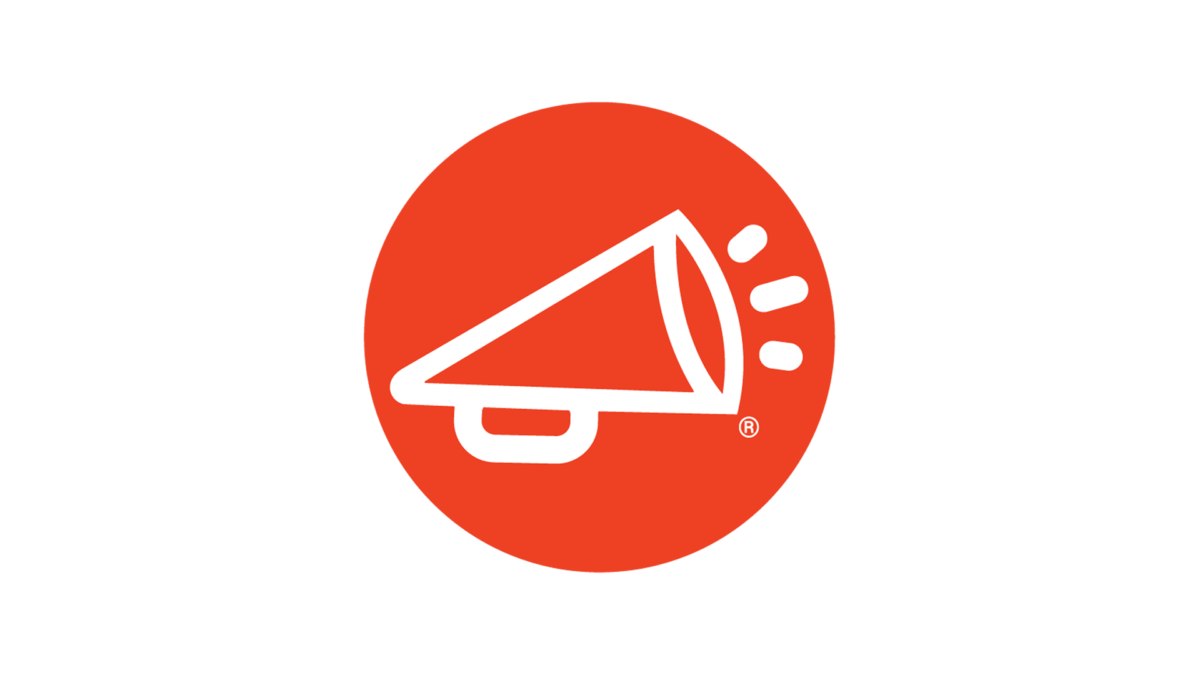

It’s no secret that as organizations grow, they need workplace technology and processes that can address a growing range of needs throughout the entire employee lifecycle. It’s also not news that for too many organizations, most of these systems are siloed. They’re either deployed in disparate vendor systems, or their impact is diluted because they exist in a disjointed mash-up of programs and non-collaborative technologies.
The concept of integrated software and processes for all of HR’s needs has been around for a while. But lately, something’s changed — changed over the last couple of years, actually. Two trends have come together that, together, point to a new path for company success:
In short, work has shifted to being a human experience — as much as a business one.


Amid all of the talk about the employee experience, what are we really talking about? We agree with this definition, from a 2020 report by WIllisTowersWatson, that succinctly says what the employee experience is and why HR leaders should care about nurturing it:
“Employee experience is the sum of all the touchpoints and moments that matter between employees and their employer. It sits at the heart of delivering superior customer experience and outstanding business performance.”
It’s become increasingly clear that companies that have a more effective employee experience outperform their peers. The same WTW report found these differences in profit margins over one year, based on how workforces perceived their employee experience:
The same trend was apparent in other measurements, including return on assets, return on equity, three-year revenue growth, and three-year change in gross profit margin.


If the employee experience truly is “the sum of all the touchpoints and moments that matter,” then the most effective way to pull the levers on the employee experience becomes apparent.
First, HR needs to be able to measure the impact that all the various workplace technologies and workflows in your company have on the employee experience. In other words, throughout the entire employee life cycle, how is employee engagement, alignment with business goals, and the pride employees feel in their work and their company affected by your human capital management software and processes?
Then, with that awareness, HR can make better-informed decisions to modify all the programs, tools, and processes that employees interact with, starting even before their first day on the job and often continuing after they’ve left the company or retired.
Unfortunately, what’s also apparent here is HR’s greatest challenge: Workplace technology is often a hodge-podge of solutions from various vendors. Even if you can extract the data you need to assess engagement, performance, goal achievement, and workplace pride in one system, it’s often impossible to make an apples-to-apples comparison or link actions from one component in your “people technology” stack to all the others. The silos also negatively affect performance and productivity, which in turn will diminish engagement and workplace pride.
That challenge presents a huge opportunity for HR. By bringing fragmented human capital programs together through data-driven integrations and processes, you can align all of your people programs with your business vision and seamlessly deliver a user-friendly, unified employee experience. Companies that take this approach routinely outperform their peers. The reason is simple: When you eliminate the complexities inherent in having a hodge-podge of HRIS and HCM point solutions, and you instead choose to deliver a seamless user experience, you create a proven path to measurable gains in performance, engagement, and retention, and a stronger connection to your organization’s values, goals, and leadership.
Let’s look at eight areas that HR can impact — and how an optimal integrated, data-driven HR system will create a more unified and enhanced employee experience.


It might seem that simply integrating your existing HRIS and HCM technology into a home-grown intranet is a path toward a greater employee experience. But that option would only further complicate things for everyone.
As Josh Bersin notes in his study of employee experience technology, although 59% of companies expected their new HCM platform to be easier to use, only 35% actually achieved that benefit. He concluded that “the idea that we were going to have a single human capital platform [as an employee experience engine] … may not have been a realistic goal in the first place.”
More recent research by The Starr Conspiracy, a marketing agency that specializes in workplace technology brands asks whether the HCM powerhouses are going to be “the platforms of the future and own the Employee Experience, or merely be point solutions in the enterprise stack?”
Regardless of how the competition to build technology for the employee experience shakes out, one thing is clear: A truly effective unified employee experience requires an integrative, user-facing layer that sits on top of all of the tools, programs, and systems it offers.
That so-called “abstract” layer makes all of that technology incredibly easy to use. It also drives social interaction, supports meaningful recognition, and connects deeply to your corporate strategies. As a result, it helps create and support employees’ pride in their work and the company. Which in turn raises an important question. Doesn’t it make sense to establish workplace pride as a core component of your user interface from the get-go — to make the system about your people, not just about the technology?
The answer is an emphatic yes. Because if you put workplace pride at the center, you are not only creating a truly unified employee experience, you’re making it incredibly effective. Why? Because as research from The WorkProud Study shows, employee pride has a huge impact on employee engagement, and recognition done right is the Jet fuel of employee pride.
You can start creating a truly unified and engaging employee experience and build a culture of workplace pride now. Contact WorkProud below.
WorkProud is committed to helping its clients create a unified approach to the employee experience by helping them build cultures of workplace pride. Trusted by millions of users at some of the world’s most recognized employer brands, WorkProud delivers a comprehensive approach to building company cultures that inspire people to be Proud of their Work and Proud of their Company.




Every month, we share news, knowledge, and insight into what we believe is a pretty simple proposition: If you are “proud of your work and proud of your company,” you are more engaged, more productive, and more likely to stay with your company for the long haul.
*By selecting “SIGN UP,” you agree to WorkProud’s Privacy Policy. You may unsubscribe from our newsletter at any time. Please note when unsubscribing: it may take up to 10 business days for your request to take effect.